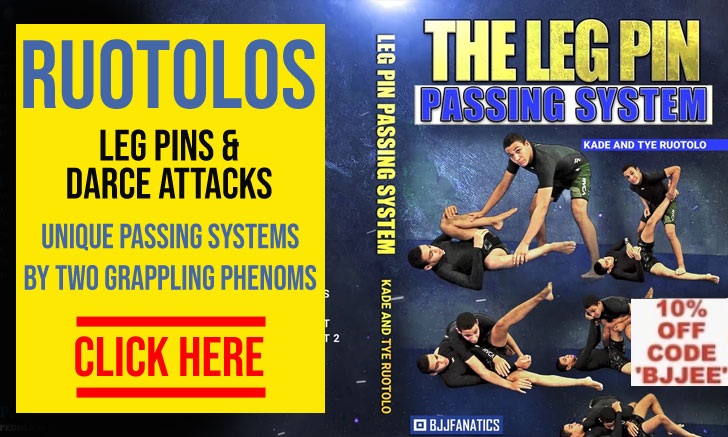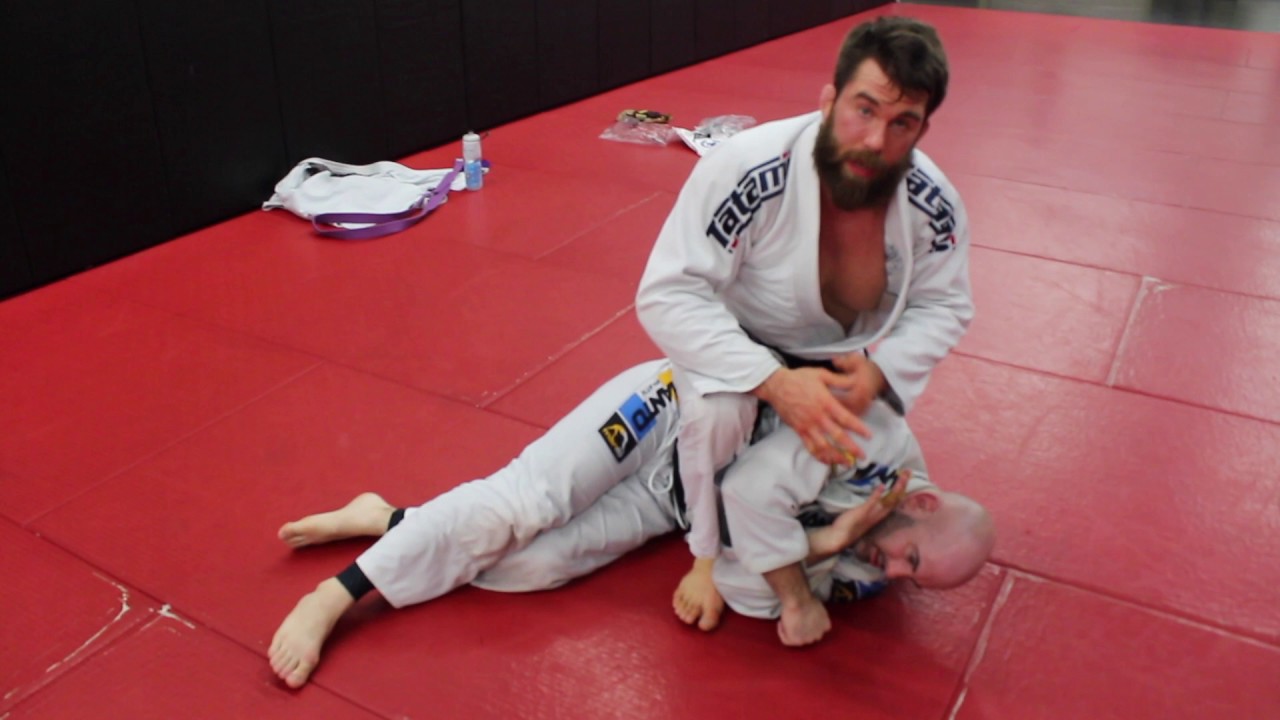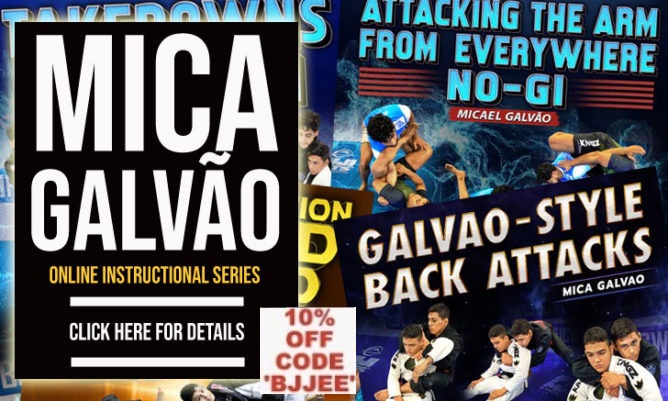The Thrust Choke is super simple BJJ mount choke or submission setup but can be deceptively effectively if used correctly.
Because of it’s simplicity it’s one of those BJJ techniques that can be easy to defend. But it can also be one of those techniques where people don’t respect it because of how “simple” it is. And if someone really works on fine tuning it, it can be a brutally effective option.
I showed this Brazilian Jiu-jitsu technique primarily because I received a question regarding a person in the bottom of Mount keeping their arms tucked in tight. And I like giving you guys simple options where you can watch the video and immediately start using the BJJ technique or at least attempting it sooner than later.
The position where you’re in Mount and the person is all balled up can be really frustrating as many standard options aren’t easy and available.
I’ve used this technique plenty of times over the years in my own Brazilian Jiujitsu training and competition, and again, it’s surprisingly effective. Especially if you stick with it for a while and develop the timing.
Now, unless the person is really tired or doesn’t really know what it is. I’m hard pressed to actually finish this mount choke. But in most cases it causes a response from the person. It gets them to move a bit. And when movement happens in BJJ, submission options can become available.
In the video I show a really common movement that the person on the bottom of Mount might do once you use the Thrust Choke. Which is try to bridge up for the UPA / Bridge escape. We can use this movement to set up a Side / Perfect Mount (or whatever you call it) which is a great place to execute BJJ submissions from. I also talk about a basic BJJ Mount concept of attacking arms and the neck.
I also include a much more risky Guard break use of this technique. You can use the Thrust Choke inside of the Guard at times to get the person on the bottom to open their legs. I’ve used this several times on heavier long legged guys in competition and use it in training regularly.
I use it on these body types because 1 when I stand up to break their long legs. They’re so heavy that they can just pull me down. Which is frustrating. Second, because they are heavier, they are often a little slower (not always) than smaller guys. So when they twist their hips to go for an armbar. I’m usually quicker.
But again, it’s a gamble. You’re temporarily breaking a sort of principal in BJJ which is don’t reach with your arms while their hips are in front of you. But if timed right, and if you bring your body with you, and you get sensitive enough to the movements of your opponent. It’s again, a surprisingly effective move.










